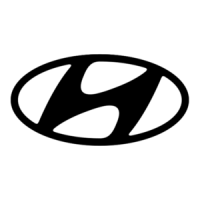
Do you have a question about the Hyundai 2010 Azera and is the answer not in the manual?
| Brand | Hyundai |
|---|---|
| Model | 2010 Azera |
| Category | Automobile |
| Language | English |
Reminder to leave the manual with the vehicle if sold.
Definition of genuine Hyundai parts and their benefits.
Reasons for using genuine parts and warranty implications.
Adjusts the brightness of the instrument panel illumination.
Activates or deactivates the electronic stability control system.
Activates hazard warning lights for emergencies.
Specifies the required octane rating for unleaded gasoline.
Explains the use of gasohol (gasoline-ethanol mixture) in the vehicle.
Warns against using fuels containing methanol.
Recommendations for optimal operation and durability during the initial driving period.
Details FCC compliance for the immobilizer system.
Describes the illumination feature of the ignition switch.
Instructions for locking and unlocking doors using the vehicle key.
Method for locking doors from the exterior of the vehicle.
General warnings and advice on proper seat belt usage.
Guidelines for child restraint systems and laws.
Explains the function of front airbags and their interaction with seat belts.
Illustrates and lists indicators for the conventional instrument cluster.
Illustrates and lists indicators for the Super-Vision instrument cluster.
Pre-start checks for tire condition, leaks, and general vehicle status.
Explains the different positions of the ignition key (LOCK, ACC, ON, START).
Explains the operation of the automatic transmission and selector lever.
Details how to use the manual shifting mode for performance driving.
Emphasizes the importance of seat belts for occupant safety.
Tips for smooth driving to improve fuel efficiency and reduce wear.
Importance of proper tire inflation and alignment for fuel economy.
Defines the maximum combined weight of occupants and cargo.
States the maximum number of occupants the vehicle can carry.
Locating and preparing the spare tire and necessary tools.
Securing the vehicle by blocking the wheel opposite the flat tire.
General advice on protecting the vehicle from corrosion.
Identifies factors like road salt and moisture that cause corrosion.
Explains the importance of performing maintenance for optimal operation and warranty.
Divides maintenance into scheduled procedures, general checks, and DIY tasks.
Location and purpose of the coolant reservoir cap.
Location of the engine oil filler cap.
Procedure for checking the engine oil level using the dipstick.
Steps for adding engine oil to the correct level.
Explains the system preventing air pollution from blow-by gases.
Describes the system preventing fuel vapor escape.
Location and information provided by the tire inflation pressure label.
Definition of air pressure as it relates to tires.
Definition of curb weight for a motor vehicle.
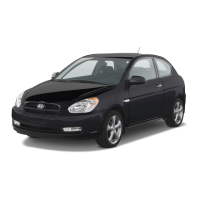
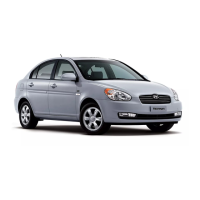

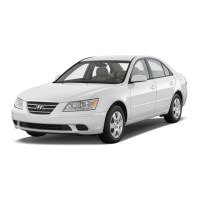





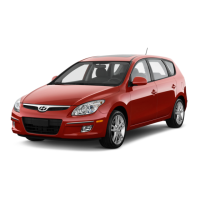
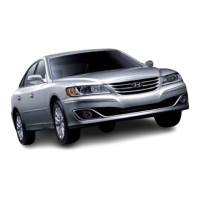

